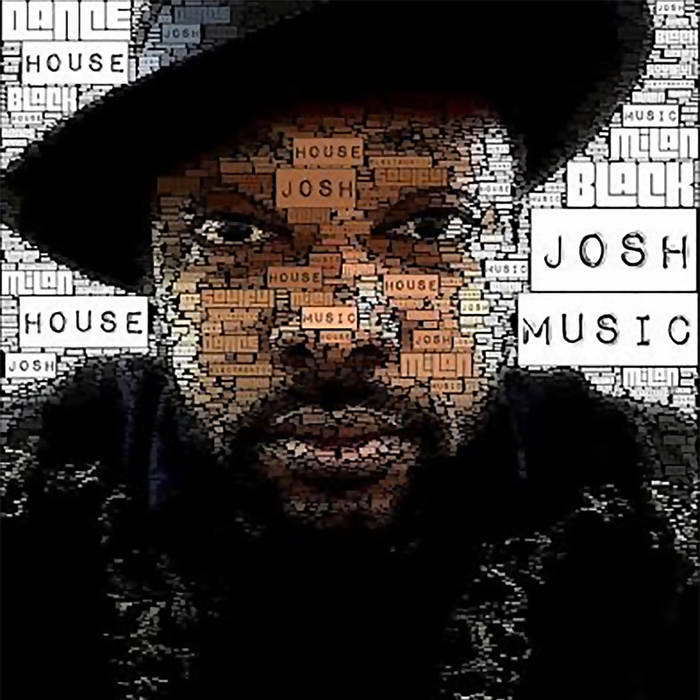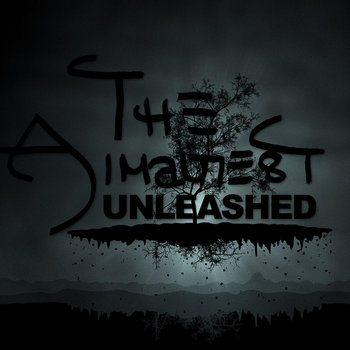
Written by Hua Hsu — Earlier this month, Dinosaur Jr. celebrated the release of its eleventh album, “Give a Glimpse of What Yer Not,” by playing a show at Rough Trade, a small club tucked inside a record store in Brooklyn. J Mascis, Lou Barlow, and Murph formed the band in Amherst, Massachusetts, in 1984, united by an interest in slowing down the all-out assault of speed metal and hardcore punk, and then speeding it back up a little bit. Mascis’s aggressively lackadaisical singing made early Dinosaur Jr. songs both very loud and very timid. The group’s first three albums, before Mascis fired Barlow from the band, in 1989, anticipated the alternative-rock boom of the nineties. After the split, Dinosaur Jr. was signed to a major label and enjoyed its first national hits, while Barlow became an underground hero as a founding member of Sebadoh. In 2005, motivated in part by reissues of the early albums, the original lineup of Dinosaur Jr. re-formed, and in middle age they’ve grown hyperproductive. With “Glimpse,” the revitalized band has now released more music than it did the first time around. And—to guess by the price of the tickets and the T-shirts at the Rough Trade show—they might be making more money, too.
That night, they were muscular and professional, even as they admitted that they were still learning how to play their new songs. “Glimpse” hits all the Dinosaur Jr. pleasure points: the way, on “Goin Down,” that Mascis’s melodies scratch through the propulsive chug; the carefree sweetness buried underneath the swirl of guitars on “I Told Everyone.” Mascis, who, with his long gray hair, looks like a blissful gnome, played his guitar with a bored ease, generating squalls of sound while barely moving an inch. A few feet away, Barlow, his bass hanging down by his thighs, plucked and slapped at his strings with a bouncy aggression, as if he were trying to draw the crowd’s gaze from his onetime rival. A few younger fans began theatrically shoving one another, in an ultimately fruitless attempt to start a mosh pit, and I thought about how many hundreds of shows the members of Dinosaur Jr. had played together, in their early twenties and then again in their early fifties, in rooms of roughly this size. After half an hour of mostly new songs, the band obliged the obvious nostalgia of the night and launched into some hits.
We’ve grown accustomed to the baby-boomer-fuelled regularity of Rolling Stones reunion tours, but the return of bands like Dinosaur Jr. is a reminder of how yearning for the past shapes pop history, even for generations who once thought they were too cool for it. At some point in the mid-aughts, it became commonplace for even the most dysfunctional eighties and nineties bands to reunite. Dinosaur Jr. just happens to be the rare case of a group that re-formed and remained really good. They’ve cultivated a vibe as down-to-earth elders, recording for independent labels staffed by younger admirers.
Many people attribute the rise of today’s indie-nostalgia economy to the 2004 reunion of the Pixies, whose influential career, in the group’s first incarnation, was wracked by conflict between the band members. For some groups, the impetus for getting back together was the rise of big festivals like All Tomorrow’s Parties, Coachella, and Pitchfork, and the enormous windfall to be gained by putting aside differences for a few hours at dusk. This isn’t to say that it’s strictly about the money. But, if you were a moderately successful alternative-rock band in the nineties, chances are that your original fan base is now middle-aged, with a bit of disposable income and a frayed CD wallet full of memories. It’s a demographic that can support fairly established bands, such as Pavement and Sleater-Kinney, as well as smaller acts, like L7, Belly, and Slint, who, in some cases, have played to much larger crowds during their comebacks than they ever did in the early nineties.
In its most transgressive moments, rock still maintains an awareness of notions of canon, lineage, and legacy. Even those artists, like the punks, who tried to destroy the music from within were eventually reabsorbed as saviors. Sometimes, however, it’s impossible to tame yesterday’s radicals. De La Soul’s masterly début album, “3 Feet High and Rising” (1989), imbued hip-hop’s sample-based aesthetic with a cheeky intentionality. The Long Island trio of Posdnuos, Dave, and Maseo became known for their playful approach, and for treating the past—including their own—with a delightful irreverence.
It’s hard enough to grow old in most pop genres, and even harder in hip-hop, with its fetish for the new. And record labels in the eighties and nineties rarely regarded the genre as having the potential for longevity, meaning that its past wasn’t as carefully preserved as that of more serious-seeming genres. The challenge for De La Soul is compounded by the fact that the bulk of its music is unavailable on iTunes and Spotify. Many of the group’s original contracts didn’t anticipate future technologies, and the companies that now own the music don’t seem eager to work on clearing samples for digital sales. (The music is not inaccessible—most of De La Soul’s back catalogue is on YouTube, and, in 2014, the group gave away its first five albums on its Web site.)
So, for their ninth album, “And the Anonymous Nobody,” the band members turned to Kickstarter. Drawing primarily on the good will of their old fans, they quickly reached their stated goal, and then almost six times that. Instead of using samples, they recorded more than two hundred hours of music with the Rhythm Roots Allstars, making the kind of quirky, mischievous record that few labels would have known what to do with. A perk of longevity is being able to call in a large number of favors: Usher sings the hook on “Greyhounds,” a ballad about passengers in search of new beginnings, while David Byrne lends a bit of tiptoeing spookiness to “Snoopies.” Unsurprisingly, the best songs are retrospective: the muted boogie of “Pain,” the wistful strings of “Memory of . . . (Us).”
Other than a guest verse from 2Chainz, the music on “Anonymous” seems largely untouched by hip-hop’s direction in the past decade. It’s very much an album made for the people who funded it, who, one assumes, are primarily aging rap fans. In many ways, however, De La Soul’s innovative career would be perfectly suited for the present, as music drifts from the jurisdiction of labels and artists release quasi-legal mixtapes or online videos that sidestep all the legal barriers that have long bedevilled them.
Perhaps this explains why some of De La Soul’s peers have moved on to more stable pursuits: the rapper Common is now a movie star; the Roots back a comedian on late-night television; others tour almost exclusively in Europe. De La Soul won’t disappear from our historical memory. But, given the velocity of pop culture nowadays, the fact that its classic albums are not particularly easy to find matters. So much of our musical past is carried into the present accidentally, through commercials, soundtracks, or, as recently happened with Ghost Town DJ’s 1996 hit “My Boo,” a viral dance. Even during a hiatus by Dinosaur Jr., the band remained relevant, in part because of its music’s ubiquity in skateboarding videos. Hip-hop’s wariness of authority and orthodoxy has made it difficult for veteran acts to enjoy late-career revivals, especially since the music now sounds nothing like it did in the late eighties.
In this age of abundance, it has become cant to bemoan how our sense of cultural lineage suffers. But this is more often a matter of taste—dependent on who gets celebrated or revived. A more urgent question might concern how the legal and technological aspects of the music industry encourage us to forget. The slowly dissolving legacy of De La Soul feels like an affront, not simply because its music is still worth listening to but because it’s a loss that is happening for relatively inane reasons. A group so uninterested in nostalgia, and so in touch with where music might go, remains stymied by the fine print of the past.
Click here to read from this article's source.












































